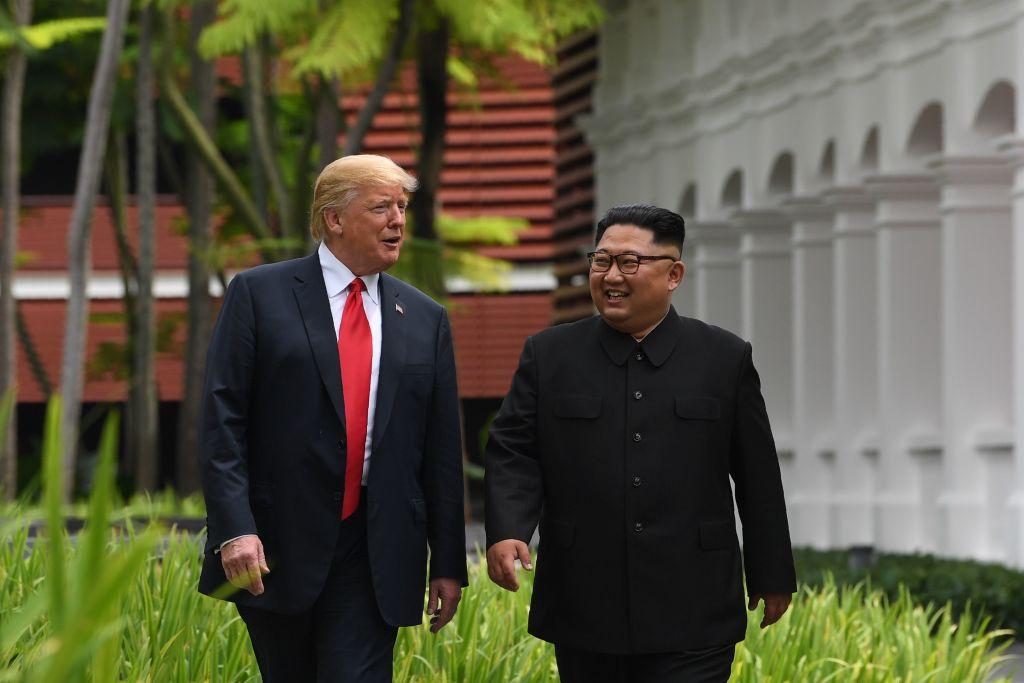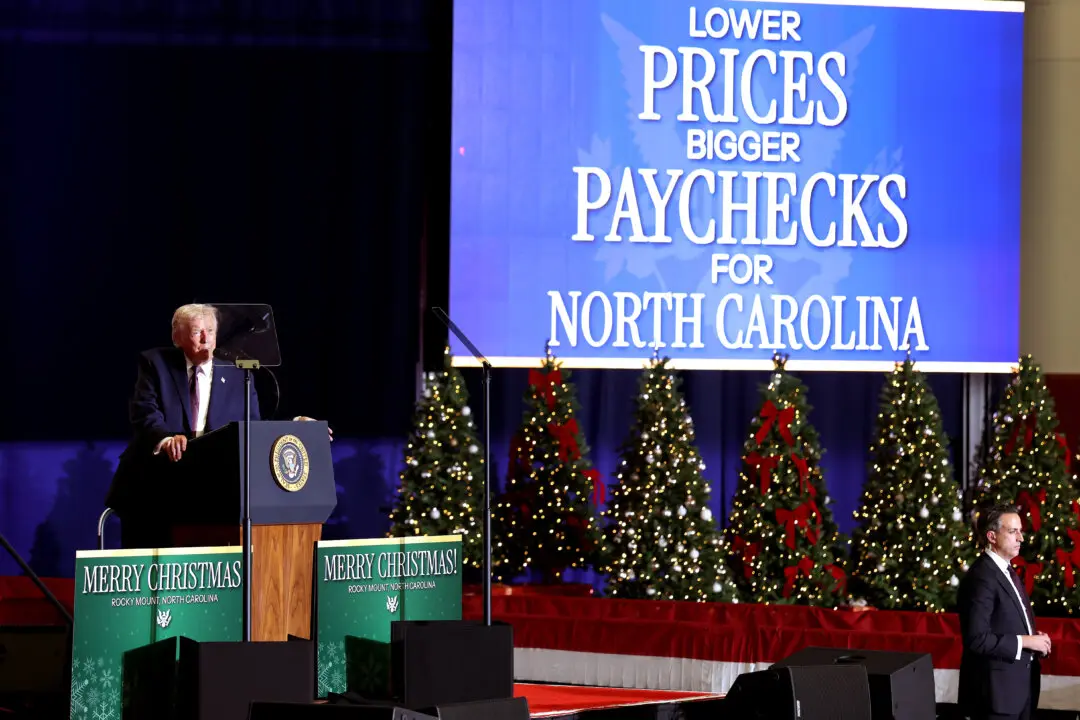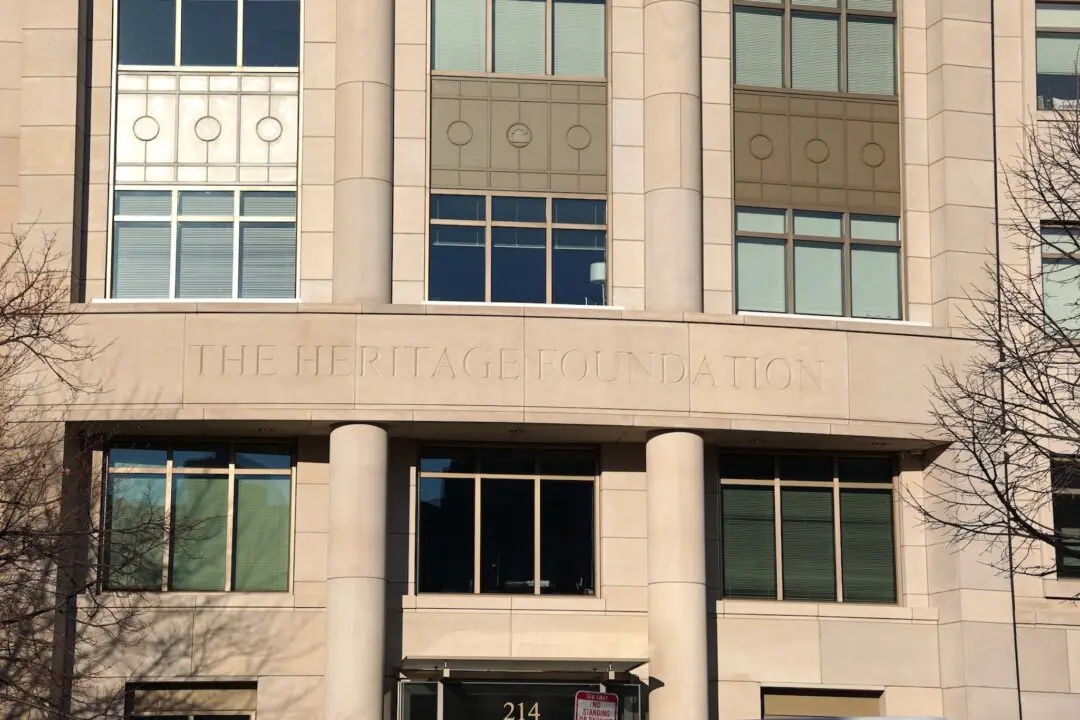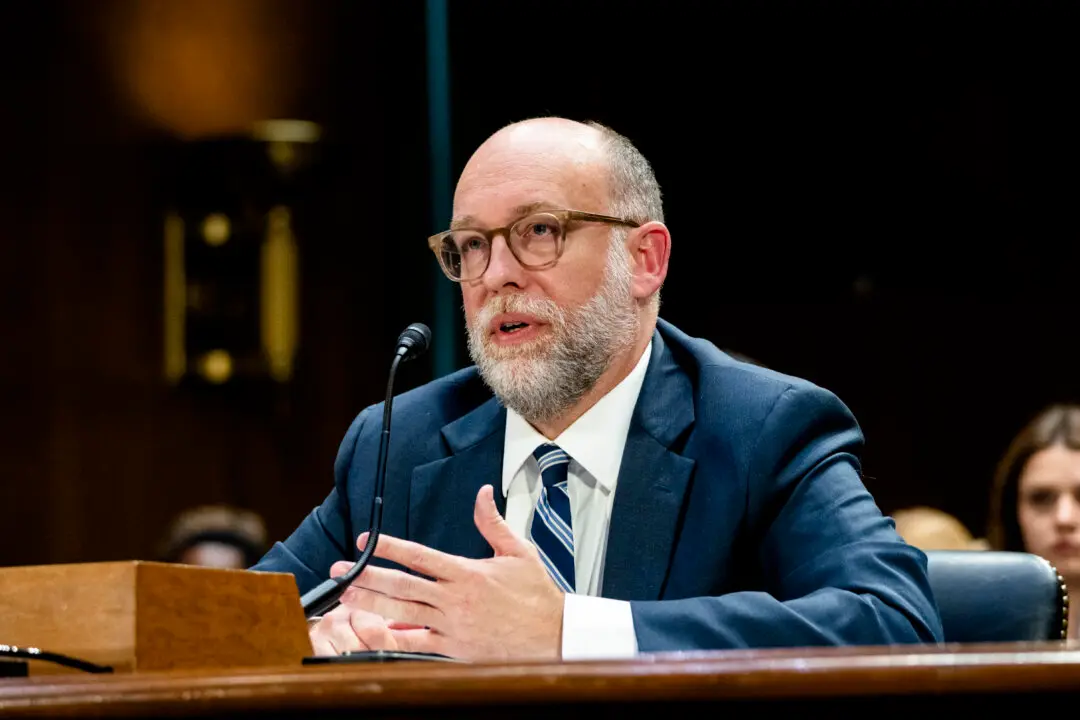WASHINGTON—Ahead of his second summit with North Korean Leader Kim Jong Un later this month in Vietnam, President Donald Trump voiced optimism, saying that the meeting would “be a very successful one.”
“I hope we have the same good luck as we had in the first summit. A lot was done in the first summit,” Trump said at a news conference in the Rose Garden of the White House on Feb. 15.





